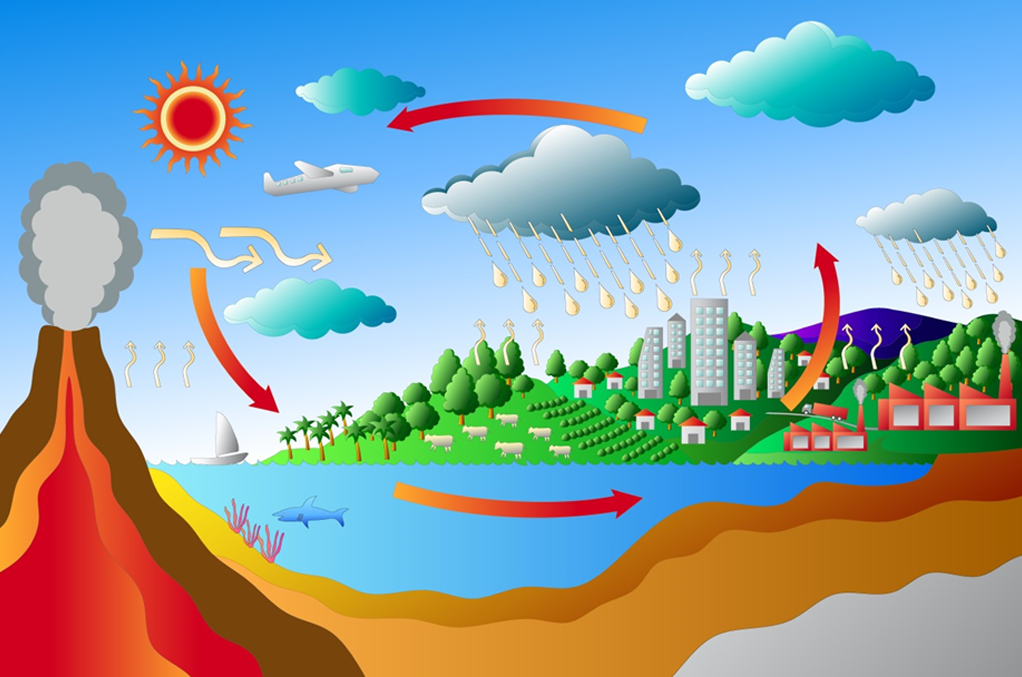Siberian sink: do more measurements matter in determining global carbon dioxide flux?
Using optimized data sets and incorporating more precise data points from the Japan-Russian Siberian Tall Tower Inland Observation Network for a better world picture.
In the wake of the Paris Accords and growing international attention focused on climate change and associated science, accurate modelling of carbon dioxide fluxes are integral to research in a wide diversity of disciplines. In the recent article, “Impact of Siberian observations on the optimization of surface CO2 flux,” the authors examined mathematically optimized data sets that included observations from the Japan-Russian Siberian Tall Tower Inland Observation Network (JR-STATION) and a control set without the JR-STATION data to determine if additional observations changed the magnitude of how much measured carbon dioxide was ‘sunk’ into oceanic or terrestrial systems or escaped to the atmosphere as contributing greenhouse gas (also known as ‘carbon dioxide flux’).
With the wide variation in modelling, the already complicated task of assessing the total carbon flux in the world just gets that much more complex. Which data is useful? How exact is it? Can we use it in other models? These are all critical questions in the field of climate and atmospheric science, with huge political and societal implications. Carbon dioxide fluxes are key parameters for a number of fields and reducing uncertainty while increasing scalability would give researchers and decision-makers more confidence in their data. Per Professor Hyun Mee Kim, the corresponding author’s view, the JR-STATION data is particularly important for these decision-makers, since “Siberia is considered to be one of the largest CO2 uptake regions and reservoirs due to its forest area and the global significance of its dynamics and interactions with the climate.”

In the past, modelling was heavily dependent on northern hemisphere data points (terrestrial) and satellite imprecision couldn’t make up for a lack of ground-based measurements. Seasonal changes also made short-term data points less valuable than long-term total flux data. Data from JR-STATION (which had not been included in previous inversion studies) helped reduce the uncertainty of seasonal global carbon dioxide flux balance. This increased precision within the current carbon dioxide flux balance reported range, and reduced the variability and uncertainty in mathematically optimized data sets.
Findings like this can validate other studies while enforcing rigor and consistency in current research. The researchers, including Professors Jinwoong Kim and Hyun Mee Kim from Yonsei University, commented that “The additional observations [from JR-STATION] do not introduce any discrepancy between the two experiments with respect to the global total sink, and they indicate only a small difference in the land—ocean CO2 flux partitioning.” So, JR-STATION data was more sensitive and gave greater precision for optimized models as well as correlated strongly with real-time observed carbon dioxide measurements (conducted by an independent third party), reducing model uncertainty, but was still within the reported value range (-0.07 ± 0.49 to -1.46 ± 0.41).
Overall, studies like this one help to validate carbon dioxide flux data sets and subsequent modelling, giving researchers and other technical professionals a sound foundation for examining the role of carbon dioxide in atmospheric change and true future conditions that may impact communities.
Recommended Articles
Professor Byeong-Su Kim
New study demonstrates that “deformable” electronics are not a stretch
Professor Yeonjin Yi